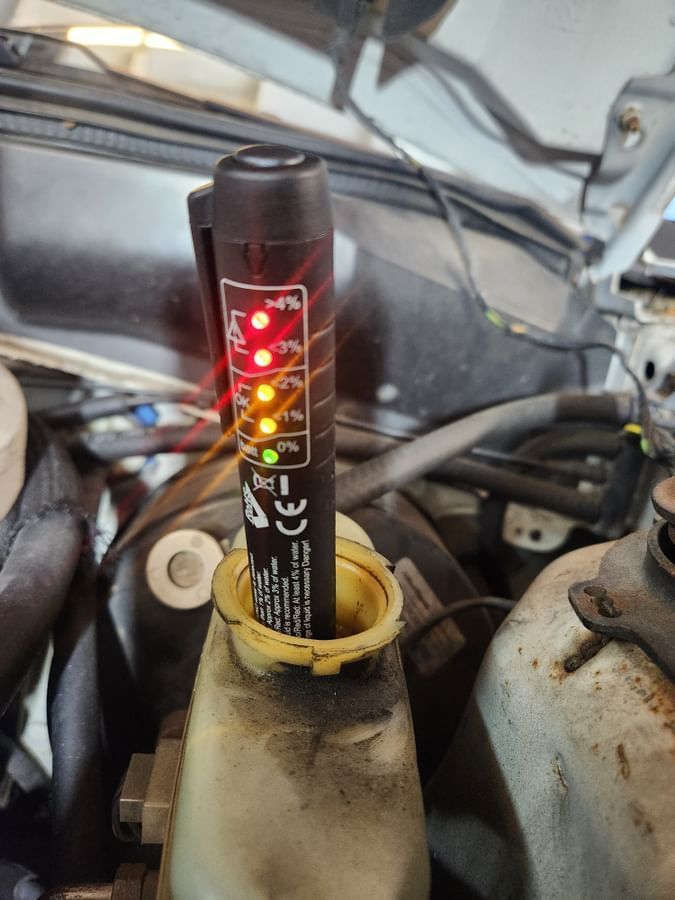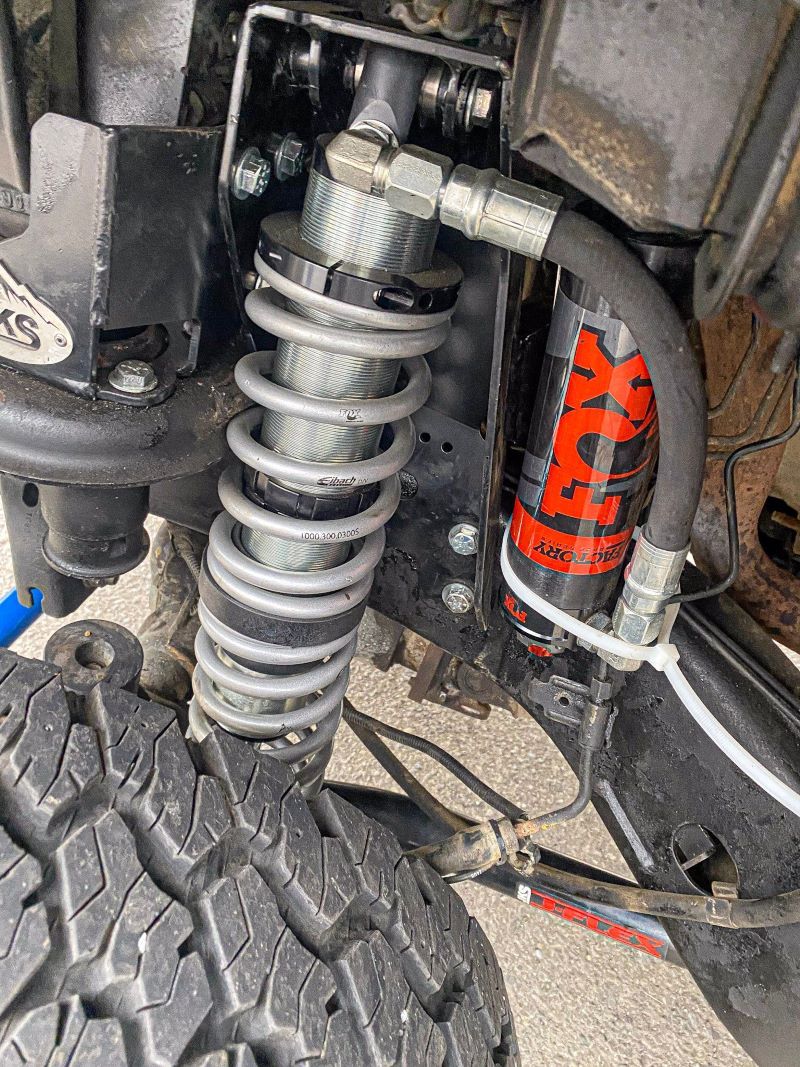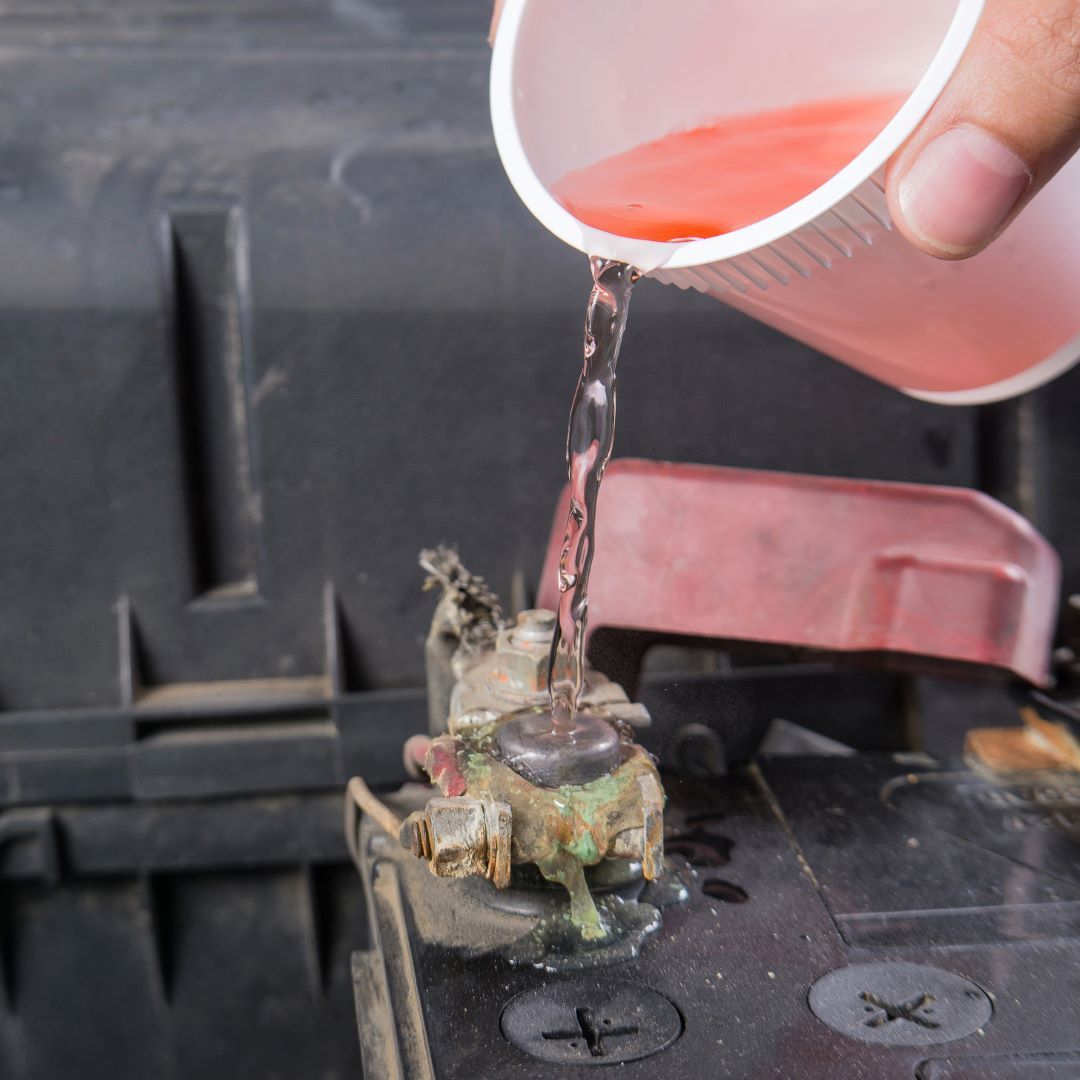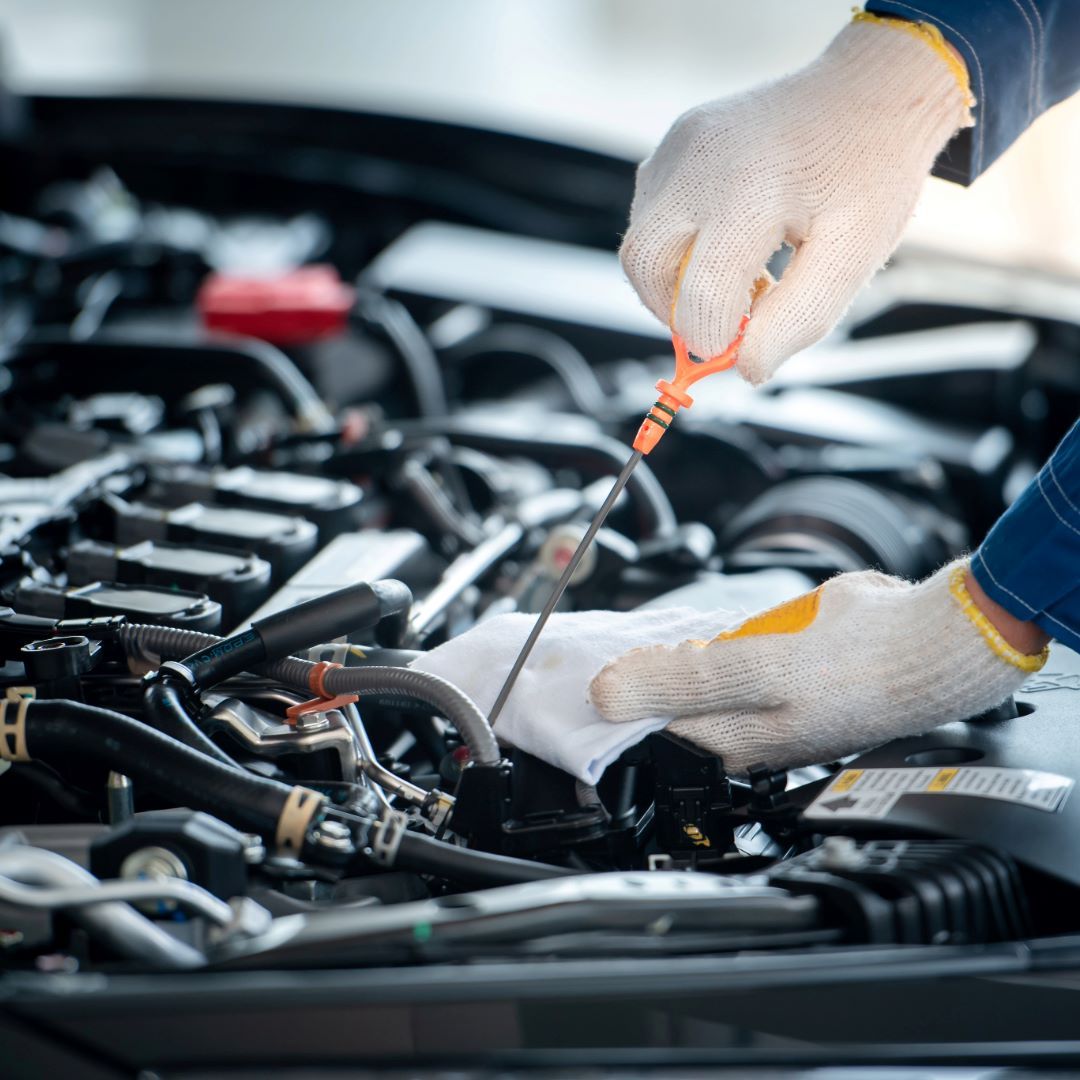Important Notes About Driving in Winter Conditions

Winter Driving Safety Tips for Burien Drivers | ABC Auto Repair
Winter driving comes with its own set of challenges from reduced visibility to slippery roads. For drivers in Burien, preparation and proper maintenance are key to staying safe (and avoiding expensive repairs). Below are several important tips to help you drive smart and stay safe during the colder months.
1. Always Be Prepared for Winter Roadside Emergencies
Why?
- You’re more likely to get stuck in winter weather.
- And getting stuck is more dangerous in the cold.
Aside from freezing temperatures, snow and ice can make it more likely that another driver loses control and slides into your vehicle. We strongly recommend keeping a winter emergency kit in your car. At the very least, your kit should include:
- Blankets
- Food and water
- Flashlight
- Jumper cables
- Ice scraper
- Gloves and extra layers
Learn more about winter preparation in our guide: Prepare Your Vehicle for Winter.
2. No Heat or Low Heat? Check Your Radiator and Coolant
Your vehicle’s heating system works by using hot coolant from the engine to warm the cabin. If you notice that your heat is blowing cold or lukewarm air, you may be low on coolant or your cooling system may need service.
Even a small drop in coolant level can reduce heater performance. If you're not sure how to check this, swing by for a cooling system inspection at ABC Auto Repair in Burien.
3. Winter Tire Tips Every Driver Should Know
- Cold temperatures cause tire pressure to drop. Check your PSI regularly and inflate as needed.
- All-weather tires are ideal for PNW winters—unless you live in high-altitude or snow-heavy areas where snow tires are better.
- Check your tread depth. Low tread means less traction, which can be dangerous in snow, slush, or rain.
Need help choosing the right tires or checking your tread? Ask us during your next routine maintenance appointment.
4. More Weight = Better Traction (For the Right Wheels)
When it comes to driving in snow:
- Front-wheel drive (FWD) is generally safer than rear-wheel drive (RWD) in snowy conditions.
- If you're stuck with RWD, add sandbags or weights over the rear axle to increase traction.
- One exception: some rare cars have rear-mounted engines—giving RWD an edge in those cases.
5. Use Rock Salt Wisely
Rock salt is cheap, effective, and a lifesaver when driveways and sidewalks freeze over. But it comes with a downside: it can kill trees, shrubs, and plants when it leaches into the soil.
Tip: Apply it with care especially near garden beds or grassy areas where melted runoff can do damage.
6. Don’t Forget Your Windshield Washer Fluid
In snowy weather, the roads get sandy and that means your windshield gets dirty fast. But regular washer fluid can freeze, leaving you with no way to clear your view.
- Use washer fluid with antifreeze in it.
- Check your reservoir often and keep it topped off.
7. Consider Running a Different Oil for Winter
Colder temps affect motor oil performance.
- In extreme cold, oil can thicken or even “gel,” making it harder to lubricate your engine.
- Even in mild climates like Burien, thicker oil can struggle to flow properly during startup.
Need help choosing the right oil viscosity for winter? Read our post: What Kind of Motor Oil Should I Use? or ask your technician during your next oil change.
Winter Vehicle Maintenance in Burien
Staying safe on the road starts with preparation and preventive maintenance. Whether you need brake service, fluid top-offs, heater repair, or tire checks, we’ve got you covered.





